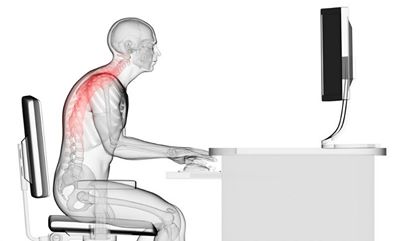
Combating a Sitting Workplace
In a recent study co-commissioned by Public Health England, it was found that office workers should spend a minimum of two hours on their feet at work – building up to an ideal target of four hours. This is to be done in order to avoid the negative effects of a typical sedentary workplace lifestyle.
While research has linked excessive time spent sitting to increased risk of morbidity or premature death for quite some time, this latest study is the first time we have been able to quantify target durations for workers to get out of their seats.
Studies have shown that workers spend up to 75% of their work time sitting, often for excessively long durations sustained sitting. For those sitting more than 7 hours a day, there is a 5% increase in premature death with each additional hour off their feet.
As a business owner or human resource executive, this evidence is hard to ignore. However, it can be difficult to see how the solution to these problems can be implemented across your entire company. Here are 4 ways you can reduce sustained sitting in your workplace.
Hold Standing Meetings
Instead of piling into a conference room and encouraging everyone to sit for a long meeting, hold you meeting standing around a high workspace table. Not only will this keep your employees on their feet, it has also been shown to reduce average meeting time.
Invest is Standing Desks
Provide your employees with desks that can adjust for a standing position. While these desks can be an investment of capital, the study says benefits are accrued through improved productivity, less absenteeism and reduced healthcare costs.
Increase Travel Distance
Organizing your workplace so that break rooms and restrooms are further away from workstations can force your employees to walk around more during the course of the day. Creating interaction points without seating can also allow your employees to interact in the standing position.
Replace Email
Think about how many messages sent amongst the organization can be replaced with direct interaction. Everyone enjoys reducing clutter in their inbox, and a way to battle the problem could be requiring staff to walk over and deliver specific messages to coworkers direct or post updates on a status board of sorts.
While some of these changes might be unrealistic for your organization, implementing a few and creatively approaching other ways to encourage movement will help prolong the life and boost the overall health of your workplace.
